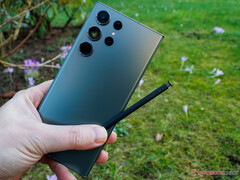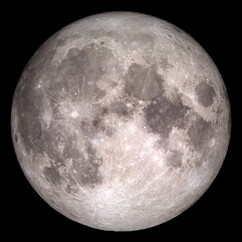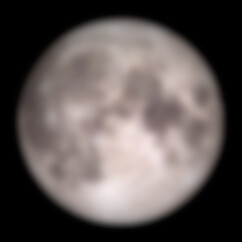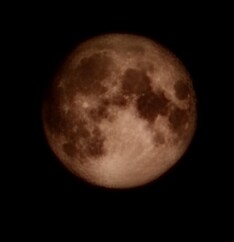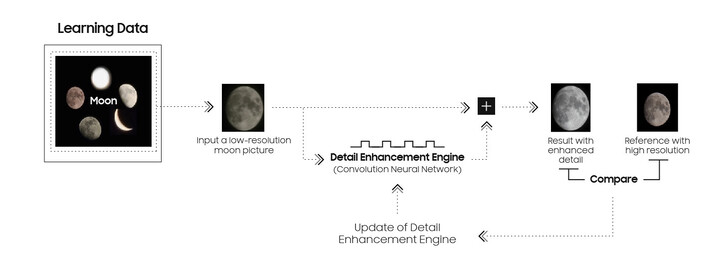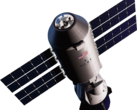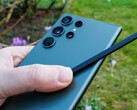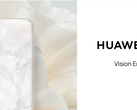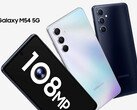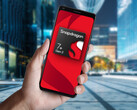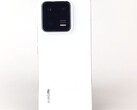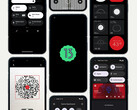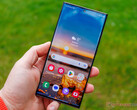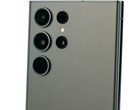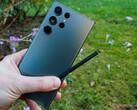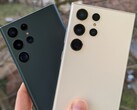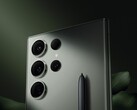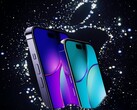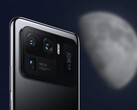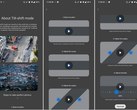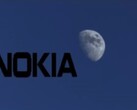The Samsung Galaxy S23 Ultra is known for its zooming capabilities. In fact, Samsung has been advertising its flagship phones to have "Space Zoom" capabilities since the advent of the Galaxy S20 Ultra. While the Galaxy S23 Ultra does brag about its astrophotography skills, the moon shots outputted as a result have a caveat attached.
Reddit user u/ibreakphotos has found out that the moon shots from the S23 Ultra are actually fake. The OP suggests that Samsung has trained its neural network on 100s of moon images to add texture to the fuzzy moon actually captured by the camera. The end result is a make-believe image of the moon that appears strikingly realistic.
The OP artificially simulated a moon shot from the S23 Ultra. This was done by first downloading a high-resolution image of the moon, downsizing it to 170 x 170 pixels, and applying Gaussian blur to irreversibly remove the details. This image was enlarged to full screen on the monitor and the S23 Ultra's camera was zoomed in to 60x on blurred image of the moon on the monitor. The camera captured the blurry image, but the output interestingly was a high-quality image of the moon complete with craters and other structural details.
Samsung seems to be using a trained AI/ML model to add missing details of the moon's surface. Thus, it is not the camera that is doing the hard work but, in fact, the AI. However, this is the not the first time that such a controversy regarding the Galaxy S Series moon shots surfaced.
Back in 2019, the Huawei P30 Pro was accused of fudging its "Moon Mode" as reviewers found out that the camera was augmenting non-existent details to the image.
Input Magazine did extensive testing of the Galaxy S21 Ultra's moon shots and concluded that the results are not exactly fake but are definitely AI-enhanced — so much so that it even beats a US$4,800 Sony A7R III setup!
Although Samsung claimed to Input that no image overlays are applied while taking the photo — which is technically true — the AI has no problems in doing all the handy work of applying textures whilst processing the image.
Training moon images using AI is relatively simple given that the moon always shows the same side when viewed from the earth. Turning off "Scene Optimizer" disables this enhancement and shows a blurry white mass instead.
Additional testing by the OP and others clearly proved that the S23 Ultra's moon shots are actually AI-generated and not post-processing of the raw sensor data.
For instance, one of the tests applied a gray patch on the moon surface while having an identical patch just outside the image of the moon. The AI processing added missing texture information on the gray patch on the moon's surface while the patch outside the moon was left untouched.
The S23 Ultra's "moon gate" controversy has stirred quite a controversy among smartphone enthusiasts. There is a distinction between completely faking raw data from a sensor and using AI to enhance or add details. Having said that, smartphone makers aren't new to the concept of using AI to enhance or beautify photos.
Samsung's marketing of the S23 Ultra as a phone that can aim for the moon seems misleading. It isn't fake, as in simply replacing the camera shot of the moon with a downloaded image. But it is definitely not the camera's inherent prowess of capturing an object that is 384,400 km away in such vivid detail.
Meanwhile, Samsung has offered some insights as to how all this actually works. It may not convince everyone — since it claims to use multi-frame composition, but the OP's experiments suggest otherwise — but it is still worth a read.




